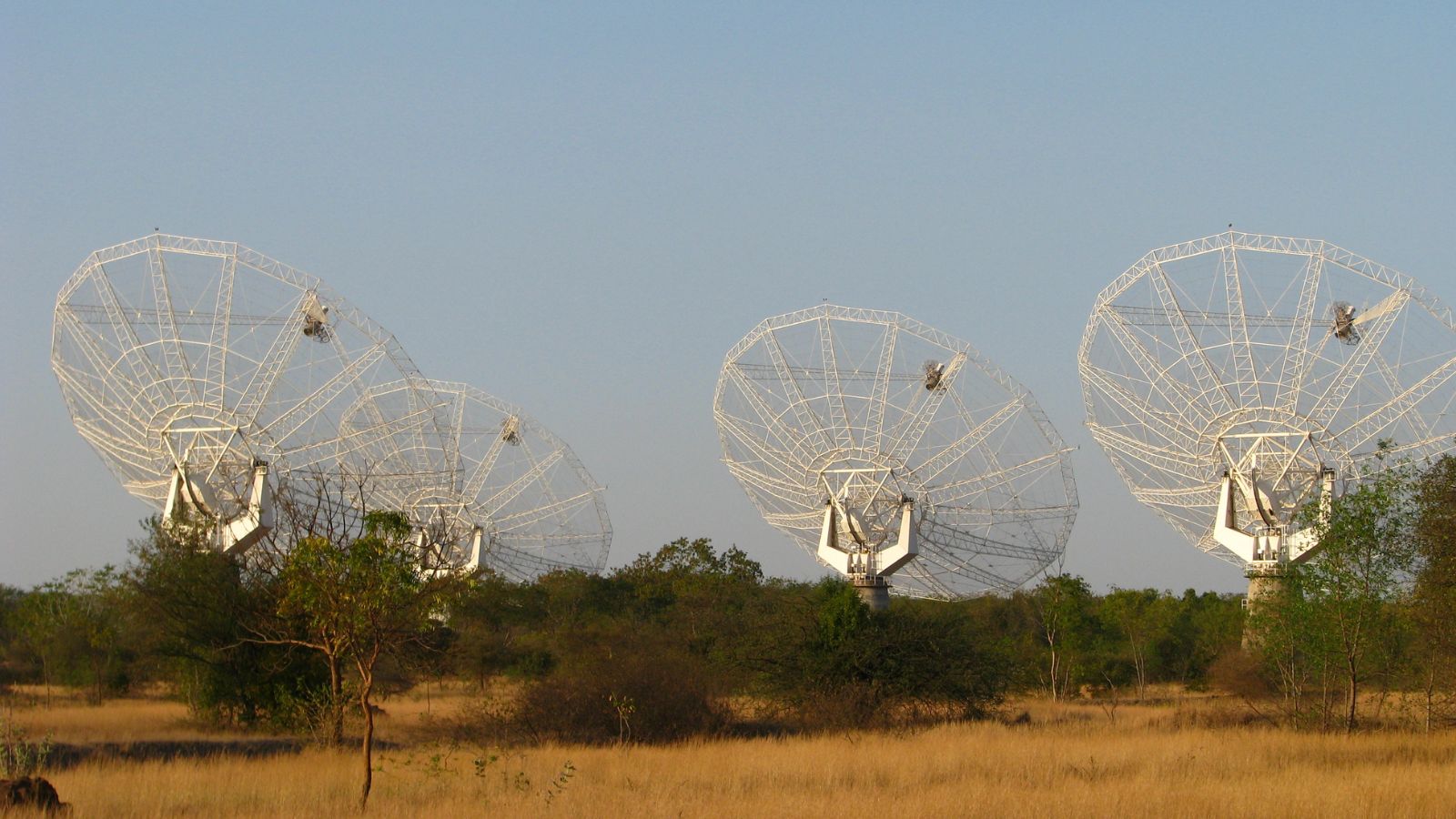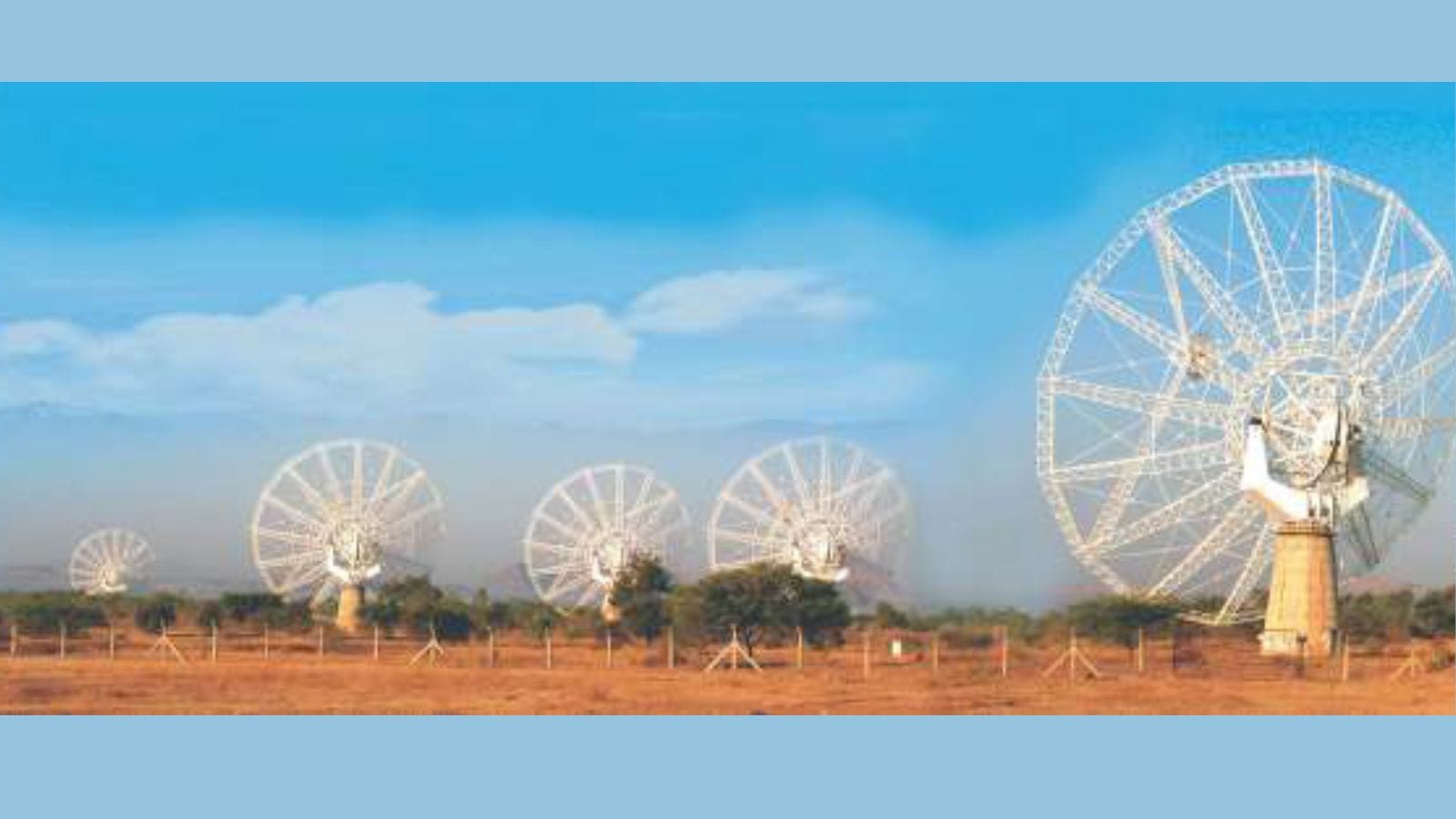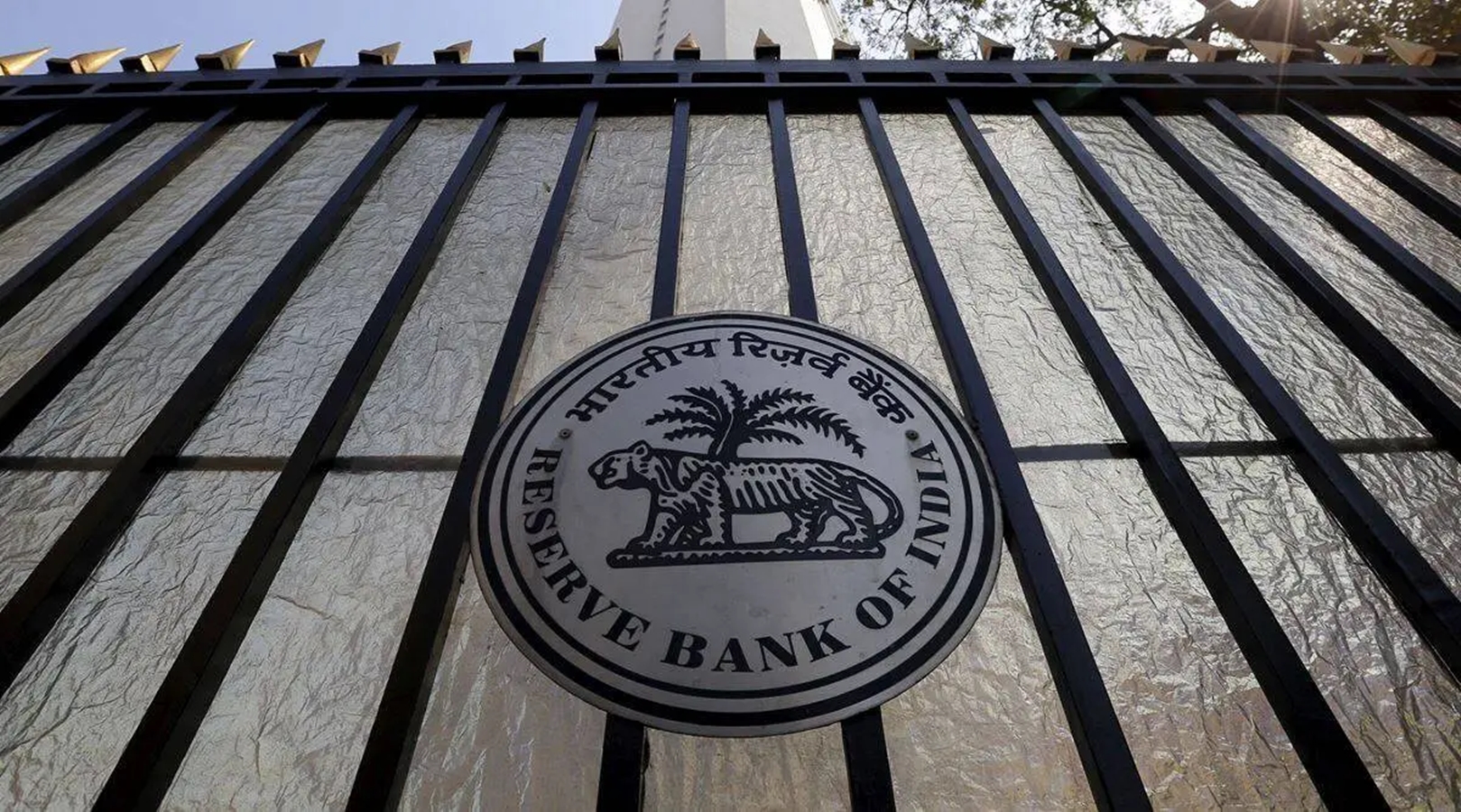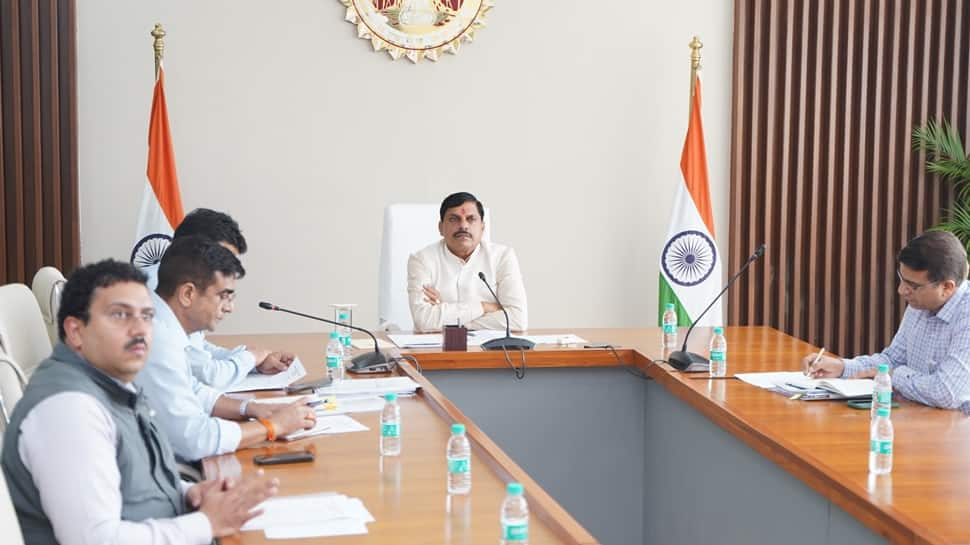Resolution soon on the Pune-Nashik semi-high-speed rail and GMRT: Railways Minister Ashwini Vaishnaw | Pune News

Resolution soon on the Pune-Nashik semi-high-speed rail and GMRT: Railways Minister Ashwini Vaishnaw | Pune News
Union Minister Ashwini Vaishnaw has said the Indian Railways is trying to resolve the issue pertaining to the proposed Pune-Nashik semi-high-speed rail line and its adverse consequences on the operations of the Giant Metrewave Radio Telescope (GMRT) located close to Pune.
Vaishnaw, who was on a Pune tour during the weekend, was speaking on the sidelines after inspecting the Pune railway station on July 20. He reviewed various expansion opportunities and projects feasible for strengthening Pune’s rail services and connectivity.

 The GMRT comprises 30 parabolic antennas spread across a 30-km area in Narayangaon in Junnar taluka/ Credit:NCRA
The GMRT comprises 30 parabolic antennas spread across a 30-km area in Narayangaon in Junnar taluka/ Credit:NCRA
The minister said the development of Pune-Nashik and Pune-Ahmednagar routes were top of his ministry’s priority and that there would be a phased upgrade of the Pune railway station in the coming four-five years.
In February 2023, the ministry gave in-principle approval to the proposed semi-high-speed rail line connecting Pune and Nashik, separated by about 209 km, which now takes about four hours by road. This corridor is being jointly developed by the Maharashtra Rail Infrastructure Development Corporation and the Maharashtra Government at an estimated cost of Rs 16,039 crore.
As per the latest approved plan, the 235.15-km rail corridor would pass through Pune, Ahmednagar and Nashik districts and have 18 tunnels and 24 stations. The one-way journey would be completed in two hours. Some of the important stations along the route would be Hadapsar, Alandi, Rajgurunagar, Manchar, Narayangaon and Sangamner.
Scientists’ concerns

Being the world’s most sensitive radio telescope operating in low-frequency bandwidth, and upgraded in 2019, within 100 MHz–1500 MHz, the GMRT is a project of the Department of Atomic Energy under the Tata Institute of Fundamental Research. The telescope has been operational since the early 2000s, has facilitated observations of pulsars, gamma ray bursts and observing some of the exotic celestial objects, and been a key player in the field of radio astronomy discoveries.
Importantly, GMRT enjoys a special status and immunity to exclusively operate in this bandwidth without any signal interference.
But the proposed rail route was found passing “too close” and, at places, cutting through the telescope array—a specially designed installation of 30 parabolic antennas in a Y fashion spread across 30 km in the radio-quiet region in Pune district’s Narayangaon area.
The scientific community operating the GMRT were concerned with this new rail route and approached the Railways last year seeking a solution. Since then, there have been multiple meetings with the officials of the Western Railway in this regard.
Scientists cited threats from the radio noise that would emanate from the semi-high-speed trains and the allied signalling systems. The radio noise has the potential to significantly interfere with the telescope’s smooth day-to-day operations and hinder its scientist quest, according to them.
On this matter, the Union minister said, “There are attempts (by the Ministry of Railways) being made to resolve the existing issue pertaining to the observatory (GMRT) along the Pune-Nashik route. I am hopeful that soon a solution will be arrived at. So, the Pune-Nashik connectivity project will also make progress.”
However, in February, Maharashtra Deputy Chief Minister Devendra Fadnavis said that rerouting of the Pune-Nashik rail corridor via Shirdi was under consideration. According to Fadnavis, the rerouting would bring down the number of tunnels required and thereby lower the cost.




